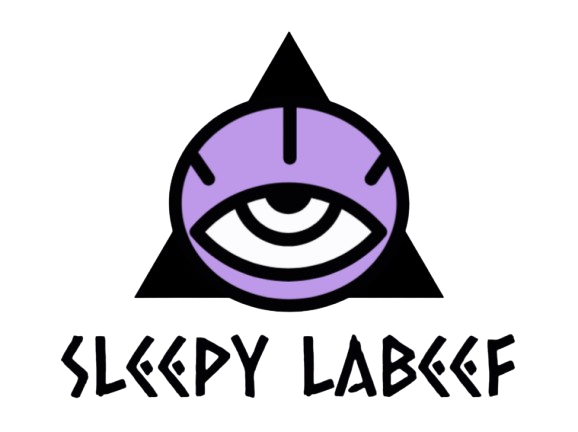With the advancement of the internet of things (IoT), which allows for remote control of household appliances, smart home automation is projected to improve living standards. However, various elements must be considered for widespread consumer acceptance to be successful. This paper focuses on three major roadblocks:
- Various underlying technologies necessitating an integrated voice-based control for ease of use.
- Users’ lack of understanding of how to use machine intelligence to fully exploit the smartness potential.
Benefits of Home automation
Home automation has grown in popularity in recent years as the rapid advancement of technology has made day-to-day life easier. Almost everything has gone digital and is now fully automated. The ability to manage and operate home automation systems from a range of devices, including smartphones, laptops and desktop computers, tablets, smartwatches, and voice assistants, is one of the most compelling advantages. Smart home automation systems have several benefits: they increase safety by controlling appliances and lighting, they secure the home by using automated door locks, they increase awareness by using security cameras, they increase convenience by adjusting the temperature, and they save time, give control, and save money.

Used Approach
The user can examine and adjust the status of electronic home equipment and the operational state of sensors using a smart home automation system. Appliances include electronic devices for lighting, heating, ventilation, and air conditioning. This tool not only saves time, but it also saves energy by indicating which of your home’s equipment uses the most power. Hotels, industrial/domestic settings, and hotels can all benefit from this energy-saving and cost-effective technology. Even if you are travelling far away from home, the application’s simple GUI icon-based interface and notifications allow you to stay in touch with your home.
Smart Home Security with Blockchain
One of the main goals of the smart home automation system is to give IoT devices trustworthy, secure identification and authentication. We employed blockchain technology to ensure that these goals were met. Security, anonymity, and decentralisation are the three main characteristics of blockchain technology. These features can benefit IoT by increasing security and reducing reliance on a central server. Furthermore, by applying data encryption and timestamps, blockchain technology ensures tempered data structure.
Concerns about security
Smart home automation solutions pose a security and privacy threat to users. A smart home automation system risk analysis is devised and carried out. There are 32 dangers identified, four of which are considered severe and 19 of which are considered moderate. The software components, as well as human behaviour, pose serious concerns. Security and privacy should be embedded into the design phase, according to the findings.

